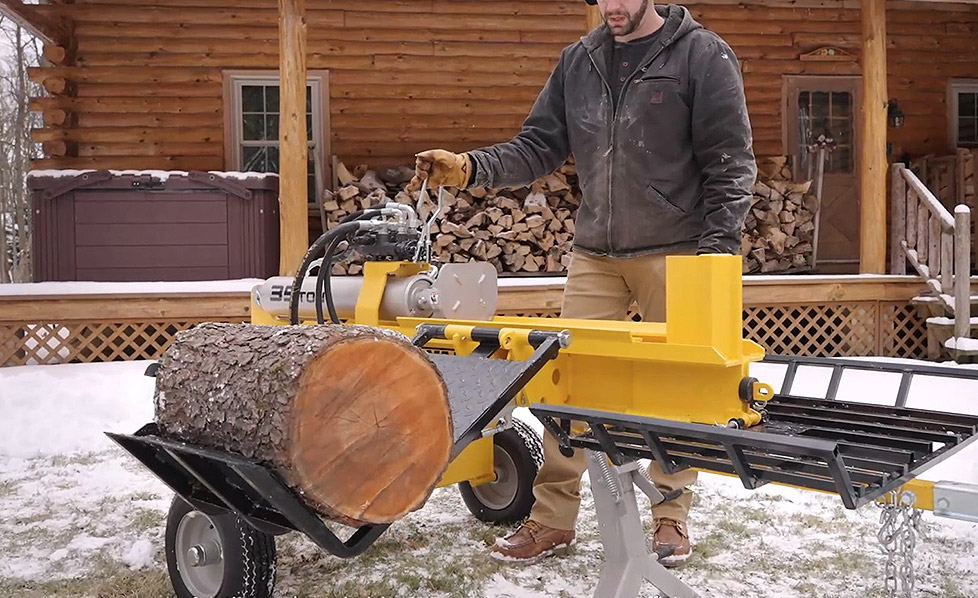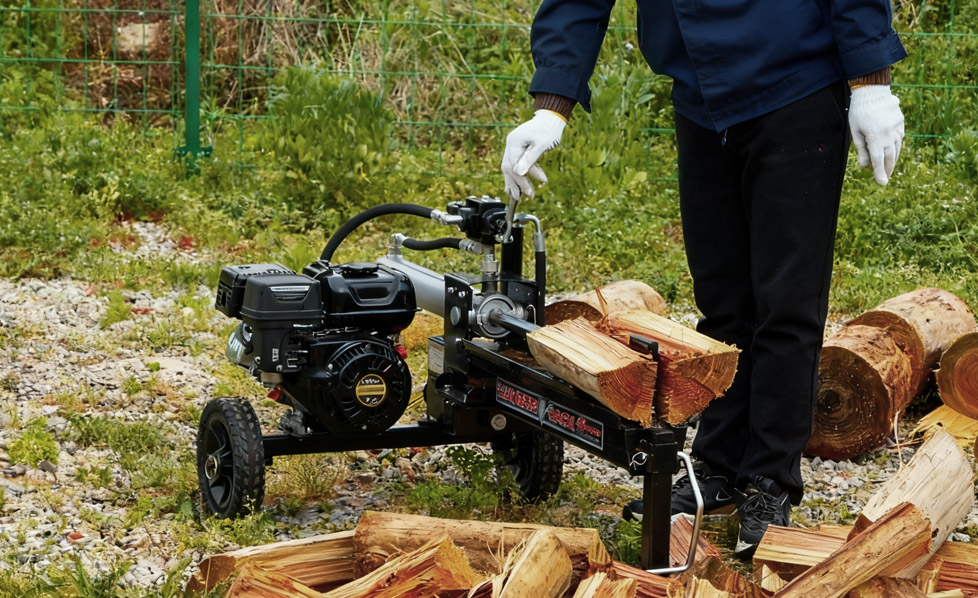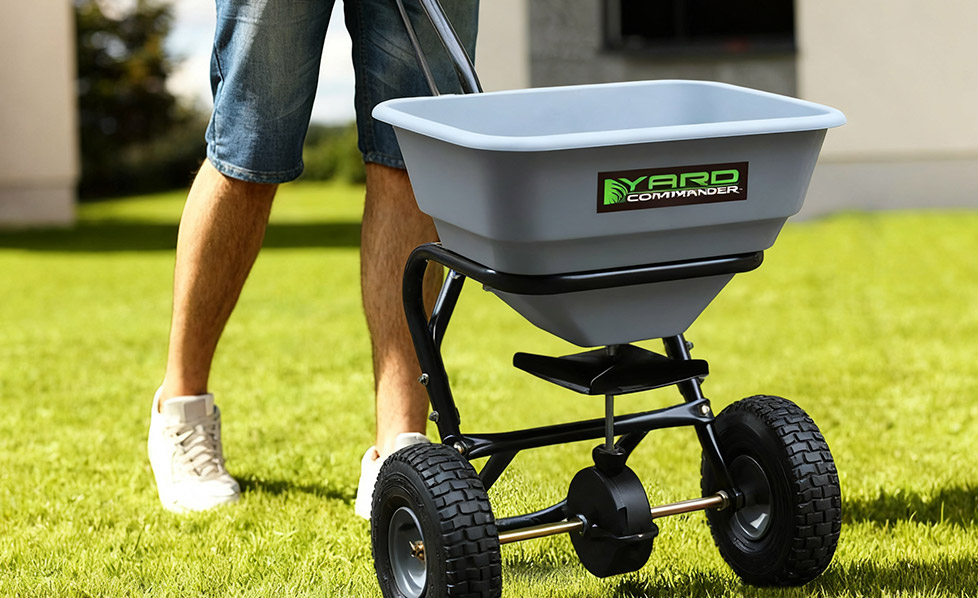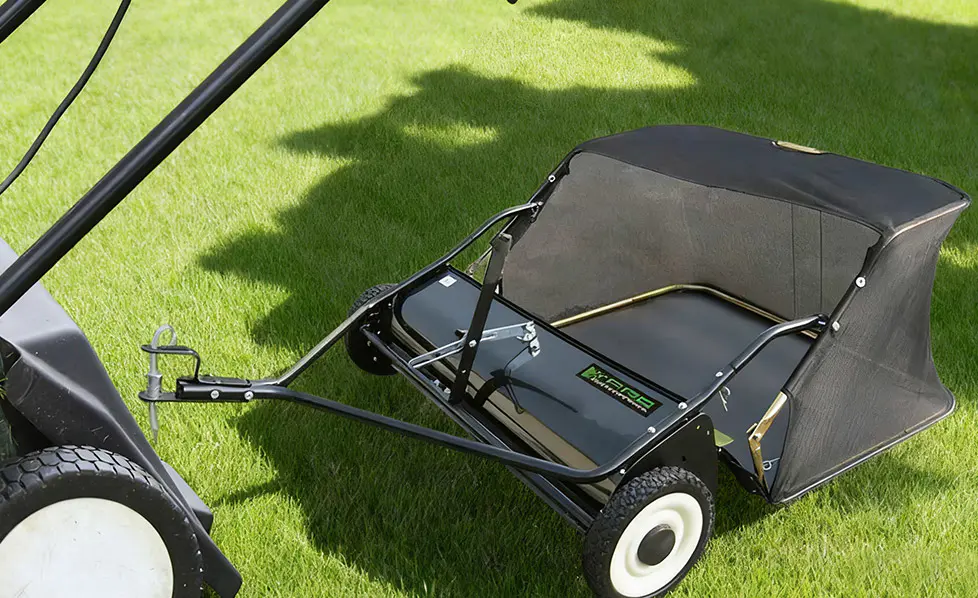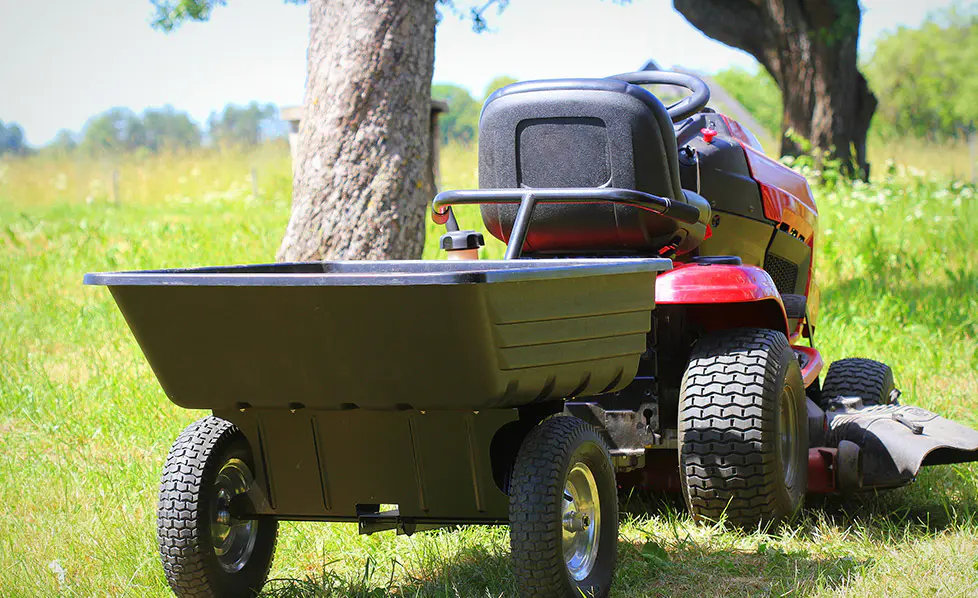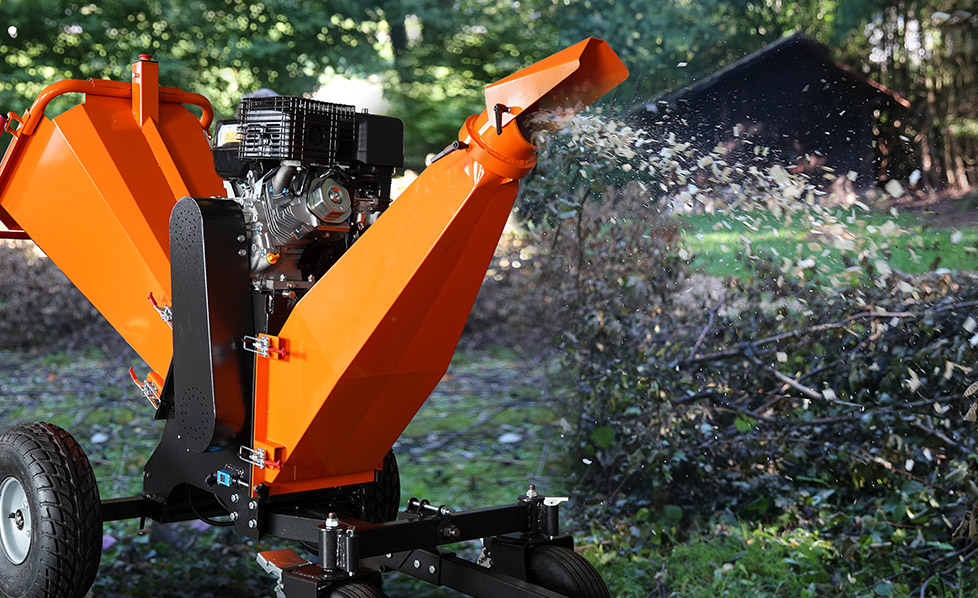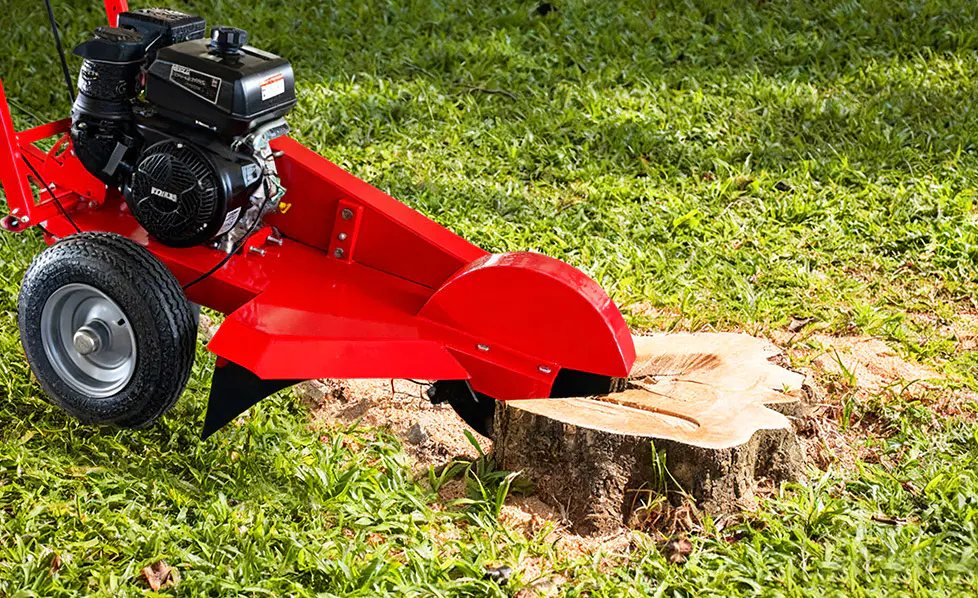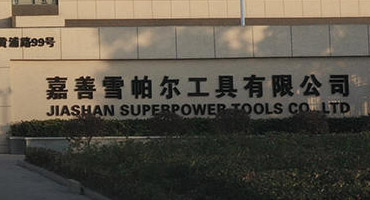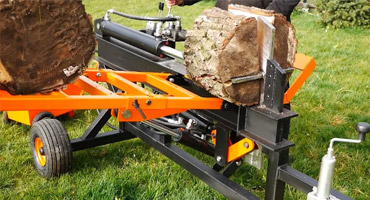 LANGUAGE
LANGUAGE


Web Menu
Product Search
Language
Exit Menu
We provide quality products and services to customers from all over the world.
What Maintenance Does an Electric Log Splitter Require?
Electric log splitters are a popular choice for homeowners and professionals who need an efficient, low-maintenance tool for processing firewood. Unlike gas-powered models, electric log splitters operate with fewer moving parts and no combustion engine, reducing some maintenance demands. However, proper care is still essential to ensure longevity, safety, and optimal performance.
Does an Electric Log Splitter Need Hydraulic Fluid Changes?
Hydraulic systems are the backbone of most electric log splitters, providing the force needed to drive the splitting wedge through tough logs. While these systems are generally durable, they do require periodic maintenance to function efficiently. Unlike gas-powered hydraulic splitters, electric models often have sealed systems that reduce fluid contamination. However, fluid degradation can still occur over time.
Most manufacturers recommend checking hydraulic fluid levels every 50 hours of operation or at least once per season. If the fluid appears dark, cloudy, or contains debris, it should be replaced. Using the correct hydraulic fluid is crucial—consult the owner’s manual for specifications, as some models require biodegradable hydraulic oil, while others use standard hydraulic fluid.
Preventing contamination is another critical factor. Always ensure the reservoir cap is securely tightened after inspection, and avoid exposing the hydraulic system to dirt or moisture. If the splitter begins operating sluggishly or making unusual noises, low or degraded fluid may be the cause.
How Often Should You Lubricate an Electric Log Splitter’s Moving Parts?
While electric log splitters have fewer mechanical components than gas models, lubrication remains essential for smooth operation. The ram, wedge, and pivot points experience significant friction during use and should be lubricated regularly to prevent wear.
A high-quality lithium-based grease is typically recommended for the ram and sliding components, applied every 10-15 hours of use or as specified in the manual. Some models feature grease fittings (zerks) for easy application, while others may require manual spreading. Over-lubrication should be avoided, as excess grease can attract sawdust and debris, leading to buildup.
Signs of insufficient lubrication include:
- A sticking or jerking ram
- Increased motor strain
- Squeaking or grinding noises
In addition to the ram, pivot points and hinge mechanisms should be checked periodically. If rust develops, a light application of penetrating oil can help restore smooth movement.
Do Electric Log Splitters Require Regular Electrical System Checks?
Since electric log splitters rely on electrical power rather than an internal combustion engine, their maintenance focuses on wiring, connections, and motor health. Before each use, inspect the power cord for fraying, cuts, or exposed wires, as damage can pose a safety hazard. If the cord is compromised, it should be replaced rather than repaired to prevent electrical shorts.
The motor itself is typically maintenance-free, but proper ventilation is crucial. Ensure the motor housing remains free of sawdust and debris, which can cause overheating. If the splitter frequently trips a circuit breaker, this may indicate an electrical issue or that the machine is being used with an insufficient power supply. Most electric log splitters require a dedicated 15-20 amp circuit to operate efficiently.
Another consideration is extension cord use. If an extension cord is necessary, it should be a heavy-duty, outdoor-rated cord with a sufficient gauge (typically 12-gauge for longer runs). Using an undersized cord can lead to voltage drops, reducing performance and potentially damaging the motor.
What Other Routine Maintenance Keeps an Electric Log Splitter Running Smoothly?
Beyond hydraulic, lubrication, and electrical checks, general upkeep plays a significant role in extending the lifespan of an electric log splitter. After each use, remove wood chips, bark, and debris from the splitting wedge and worktable. Accumulated debris can interfere with the ram’s movement and increase wear.
Bolts and fasteners should be inspected periodically for tightness, as vibrations from splitting can loosen them over time. A simple wrench check before operation can prevent mechanical failures.
When storing the log splitter, keep it in a dry, covered area to prevent rust and corrosion. If the machine will be unused for an extended period, applying a light coat of oil to metal surfaces can help protect against moisture damage.
Maintenance Checklist for Electric Log Splitters
| Task | Frequency | Notes |
|---|---|---|
| Check hydraulic fluid | Every 50 hours or seasonally | Replace if discolored or contaminated |
| Lubricate ram & pivot points | Every 10-15 hours | Use lithium-based grease |
| Inspect power cord & connections | Before each use | Replace damaged cords immediately |
| Clean wedge & worktable | After each use | Prevents debris buildup |
| Tighten bolts & fasteners | Monthly | Reduces vibration-related wear |
| Store in dry conditions | When not in use | Prevents rust and corrosion |
Proper maintenance of an electric log splitter ensures reliable performance, safety, and a longer service life. While these machines require less upkeep than gas-powered alternatives, neglecting hydraulic fluid, lubrication, electrical components, and general cleaning can lead to premature wear or malfunctions. By following a structured maintenance routine, users can maximize efficiency and avoid costly repairs. Whether used for occasional firewood processing or frequent log splitting, a well-maintained electric log splitter remains a dependable tool for years to come.
NEXT:How does the molecular structure of polyethylene give dump trucks corrosion resistance?
Interested in cooperation or have questions?
- No. 158 Songhai Road, Huimin Town, Jiashan City, Zhejiang Province P.R. China
-
Tel:
0086 573 8464 3695
0086 573 8464 7353
- E-mail: [email protected]

 English
English